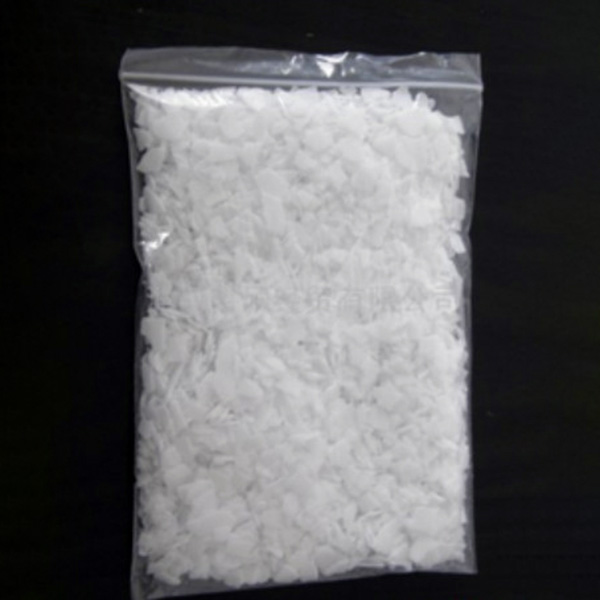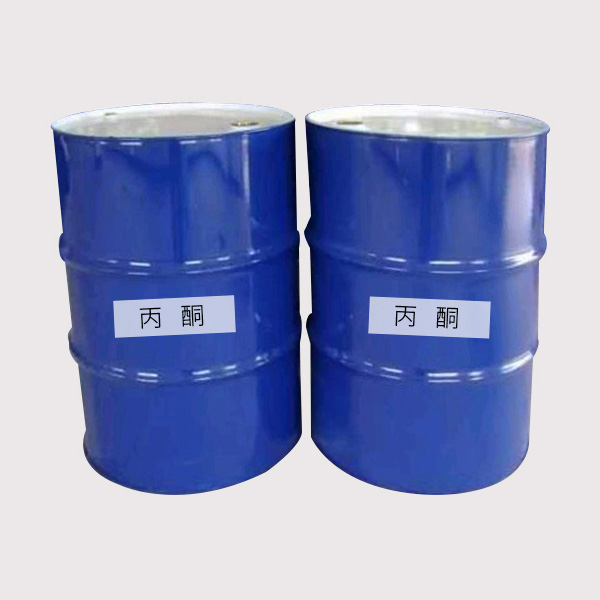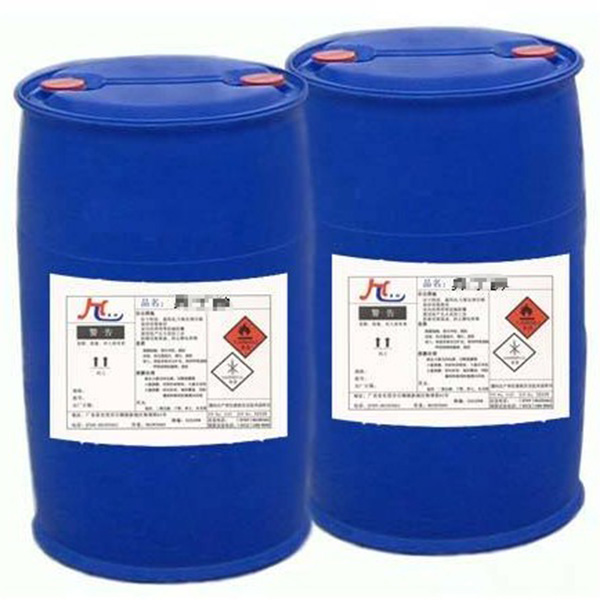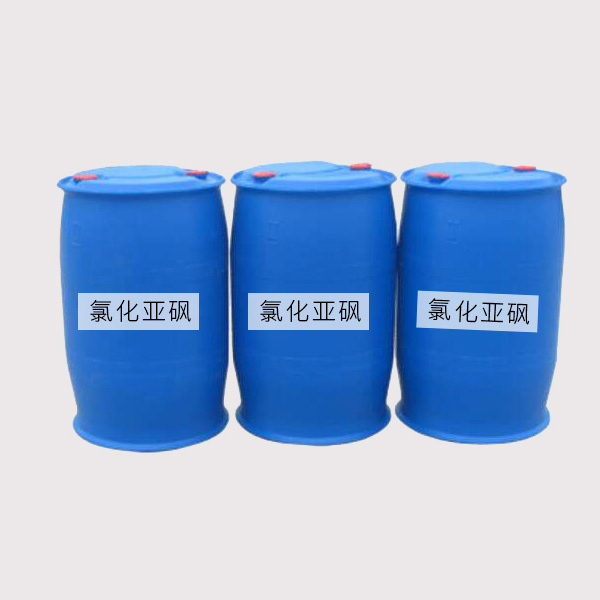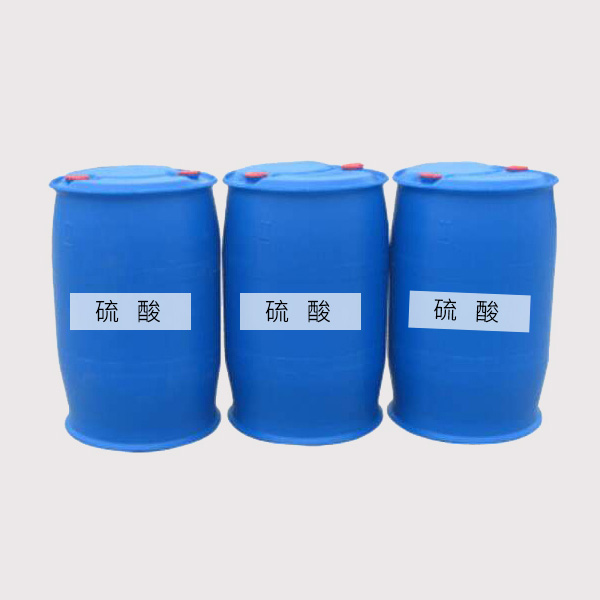Original Factory Dichloromethane Epa - Acetic anhydride – Debon
Original Factory Dichloromethane Epa - Acetic anhydride – Debon Detail:
|
Identification |
Chinese name:Acetic anhydride |
Dangerous goods number:81602 |
|||||||
|
English name:Acetic anhydride |
UN number:1715 |
||||||||
|
Molecular formula:C4H6O3 |
Molecular weight:102.09 |
CAS number:108-24-7 |
|||||||
|
Physical and chemical properties |
Appearance and traits |
A colorless, transparent liquid with a pungent odor and a vapour-like gas. |
|||||||
|
Melting point (°C) |
-73.1 |
Relative density (water = 1) |
1.08 |
Relative density (air = 1) |
3.52 |
||||
|
Boiling point (°C) |
138.6 |
Saturated vapor pressure (kPa) |
1.33/36℃ |
||||||
|
Solubility |
Soluble in benzene, ethanol, ether. |
||||||||
|
Toxicity and health hazards |
Route of invasion |
Inhalation, ingestion, percutaneous absorption. |
|||||||
|
toxicity |
LD50:1780mg/kg(Rat oral),4000mg/kg(Transdermal); LC50:4170 mg/m3,4小时(Rat inhalation) |
||||||||
|
Health hazard |
It has a stimulating effect after inhalation, causing cough, chest pain and difficulty breathing. Direct contact with the eye can cause burns; vapor is irritating to the eye. Skin contact can cause burns. Oral burning of the mouth and digestive tract, abdominal pain, nausea, vomiting and shock. Chronic effects: Workers who are chronically affected by the vapor of this product may have rheumatoid conjunctivitis, photophobia, and upper respiratory tract irritation. |
||||||||
|
First aid method |
Skin contact: Remove contaminated clothing and rinse immediately with running water. Eye contact: Immediately lift eyelids, rinse with running water or saline; seek medical attention. Inhalation: Remove from the scene to fresh air, keep the airway open; if necessary, perform artificial respiration; seek medical attention. Ingestion: Rinse mouth with water and drink milk or egg white. Seek medical attention. |
||||||||
|
Burning explosion hazard |
Flammability |
Flammable |
Combustion decomposition product |
CO、CO2 |
|||||
|
Flash point (°C) |
49 |
Upper explosion limit (v%) |
10.3 |
||||||
|
Ignition temperature (°C) |
316 |
Lower explosion limit (v%) |
2.0 |
||||||
|
Dangerous characteristics |
Its vapor forms an explosive mixture with air, causing combustion and explosion in case of open flame and high heat. Reacts with strong oxidants. |
||||||||
|
Burning explosion hazard性 |
Flammability |
Flammable |
Combustion decomposition product |
CO、CO2 |
|||||
|
|
Flash point (°C) |
49 |
Upper explosion limit (v%) |
10.3 |
|||||
|
|
Ignition temperature (°C) |
316 |
Lower explosion limit (v%) |
2.0 |
|||||
|
|
Dangerous characteristics |
Its vapor forms an explosive mixture with air, causing combustion and explosion in case of open flame and high heat. Reacts with strong oxidants. |
|||||||
|
|
Storage and transportation conditions |
Storage and transportation conditions: Store in a cool, dry, ventilated place. Keep away from fire and heat. Protect from direct sunlight. Keep the container sealed and store it separately from oxidants, acids and alkalis. Pay attention to personal protection for dispensing and handling operations. Lightly load and unload during handling to prevent damage to packaging and containers. Transportation is carried out according to the prescribed route and it is not suitable for transportation on rainy days. Leakage treatment: evacuate personnel from the contaminated area to a safe area, prohibit unrelated personnel from entering the contaminated area and cut off the fire source. It is recommended that emergency personnel wear self-contained positive pressure breathing apparatus and wear acid and alkali protective overalls. Properly ventilate, do not directly touch the spill, and block the leak while ensuring safety. Spray mist can slow down (or spread), but do not spray water directly on leaks or leaks. Absorbed with activated carbon or other inert materials, then collected and transported to a waste disposal site for disposal. If there is a large amount of leakage, it should be stored in the dike, preferably without water treatment, and then collected, transferred, recycled or discarded after harmless treatment. |
|||||||
|
|
And leak handling |
Extinguish with anti-solvent foam, dry powder, carbon dioxide, and misty water. |
|||||||
Product detail pictures:
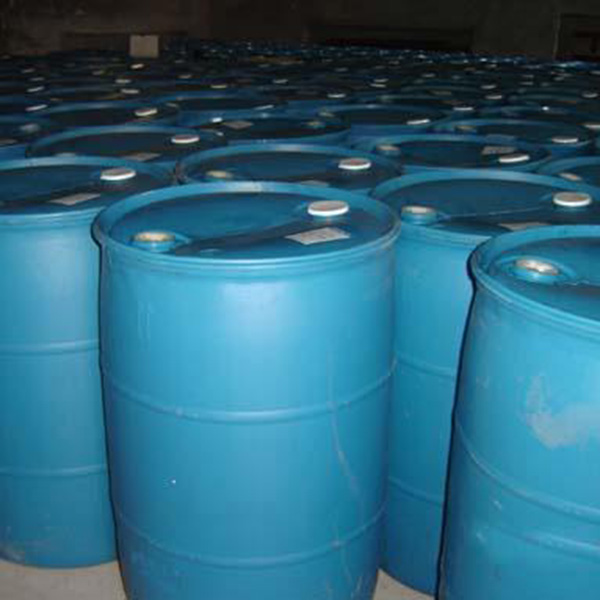
Related Product Guide:
"Control the standard by the details, show the power by quality". Our business has strived to establish a highly efficient and stable team staff and explored an effective good quality regulate course of action for Original Factory Dichloromethane Epa - Acetic anhydride – Debon , The product will supply to all over the world, such as: UAE , Hanover , Austria , The company has numbers of foreign trade platforms, which are Alibaba,Globalsources,Global Market,Made-in-china. "XinGuangYang" HID brand products sell very well in Europe, America, Middle East and other regions more than 30 countries.
We always believe that the details decides the company's product quality, in this respect, the company conform our requirements and the goods are meet our expectations.

